|
This was our final full day at Santa Clara and Doug was leaving us today so we spent just a couple of hours first thing exploring the grassland and scrub opposite the Los Caneyes hotel. This whole area would definitely merit more attention, a whole holiday in fact but we didn't have that long. We did however find the tiny Nanus Skipperling Oarisma nanus and a beautiful male Bartram's Scrub-Hairstreak Strymon acis (both new for the trip) as well as several Mexican Fritillary Euptoieta hegesia and De Villiers' Swallowtail Battus devilliers, adults and larvae. So we said farewell to Doug and dropped him at the bus station to make his way back home - a good friend, a perfect companion and a great entomologist - thank you Doug for another great trip. So Lynn and I set off on our own for a walk around the area and photographing things at leisure. Lynn had seen hundreds of Great Southern White Ascia monuste here first thing this morning but many had now dispersed. There were also plenty of Gulf Fritillary Agraulis vanillae and White Peacock Anartia jatrophae. and we saw Fiery Skipper Hylephila phyleus and Dainty Sulphur Nathalis iole both of which have been quite scarce on this trip. The Cuban Whiptail Pholidoscelis auberi has adapted to living on the ground and can be very common in some areas. It is endemic to the island and is widespread but very variable, having thirty recognised races. And this appears to be a slightly dark Cuban Brown Anole Anolis sagrei and perhaps it is though the dewlap is unusual in having much more yellow on it. Normally the dewlap is all red in the centre with a pale yellow border so we'll have to see what the experts think. And later a Cuban Blue Anole Anolis allisoni posed rather inelegantly but carefully avoiding the spines on the twigs. These too are common and widespread but perhaps less so than Cuban Green Anole Anolis porcatus. In the afternoon we explored the hotel gardens and again I wasted quite a lot of time trying to get in-flight pictures of the Antillean Palm Swifts with very little to show for it. We did find a female Cuban Crescent Anthanassa frisia. I could tell it was a female by its behaviour because it alternated between sunning itself and exploring the low leaves close to the ground often crawling from one leaf to the next looking for suitable leaves on which to lay. Eventually it disappeared from view altogether for about a minute and then flew out to resume sunning itself. A search soon revealed nine freshly laid eggs on the underside of a leaf which I think is Ruellia blechum but I might be wrong as there were no flowers to go on. The concrete water channels in the gardens still contained a bit of water and there were a few dragonflies, mainly Macrothemis celeno Antillean Sylph cruising up and down. Yesterday evening we had noticed several large bats flying in and out of the mango tree by the Reception so this evening I took the camera and managed to get a picture from which it might be possible to identify it. I thought to begin with that they were fruit bats coming in for the ripe mangoes but it may be that they are insect feeders with a daytime roost here in the tree. There was also a group of about ten roosting in the top of the Reception itself.
0 Comments
We were awoken during the night by a loud crash in the bathroom and on checking we discovered that a large tree frog had knocked over the the shampoo bottles. He was evicted for his trouble. We checked the moth trap again at first light and once again there were some nice things including a few puzzlers. After breakfast we got a taxi to take us to a spot a few miles to the east where we had seen lots of butterflies last year. But first we got him to take us to a bank in town as I needed to change a bit of money. And Doug, seeing a flower bed outside full of Caesalpinia pulcherrima couldn't miss the opportunity to check for Orbis Sulphur Phoebis orbis eggs and quickly found several. This was a result as although we found two larvae near Camagüey in 2016 we have never managed to see an adult in any of our ten trips so far. Even while I was standing in the queue in the bank I was looking out of the window watching the Caesalpinia... but no butterflies. Money changed and we set off again. It was only a short way off the road and we were soon watching several Cuban Leafwing Anaea cubana. This was not unexpected as we had seen one here before and didn't take long to find a larva hidden inside its single leaf larval shelter on a Croton as well. There were quite a few skippers here too, mainly Concolorous Skipper Burca concolor. There were lots of Smudged Yellow Eurema lucina on the track along with a Barred Yellow Eurema daira and a Poey's Swallowtail Heraclides caiguanabus. The little stream which had been dry in March last year had quite a bit of water in and so there were several Odonata about. One appears to be Gynacantha ereagris which is endemic to Cuba and the Bahamas and is the first time we have come across it. While Doug was exploring the forest he came across a nest which was a beautiful structure of lichen and moss spun together with spiders webs. It was a bit above head height so I couldn't see inside but I could see a Cuban Vireo making alarm calls so I took one photo and we backed off to let the bird return to the nest. But best of all were two Orbis Sulphur Phoebis orbis females that were ovipositing on a bush overhanging the stream. They soon moved off but I found a little clearing where several females were making intermittent visits to lay and managed to get some photos - not as good as I'd hoped but perhaps the first time that one has ever been photographed ovipositing. And a further search turned up several eggs and larvae as well. And a larva of Cassius Blue Leptotes cassius. During the afternoon we explored the serpentine grassland area opposite the front of the Los Caneyes hotel. Doug soon found several Zebra Heliconian Heliconius charithonia larvae on a Passiflora sp. One of them had just shed its skin to change into the next instar. You can see how even the skin of the spines is shed to enable them to grow. You can also see the shed head capsule with its two long spines. There were several eggs of De Villiers Swallowtail Battus devilliers on an Aristolochia which Dominik Frank from Germany has confirmed as Aristolochia passiflorifolia. Thank you Dominik. We found a couple of Concolorous Skipper Burca concolor larvae on a Croton but then some very black clouds gathered overhead and we quickly retreated back to the hotel as it started thundering. Heading to dinner later we noticed that some large bats were feeding in a mango tree just outside reception but heavy rain put paid to any chances of watching them this evening.
We were up at first light to check the moth trap and there were some things that we recognised from Topes and others that were completely new to us. There was perhaps 40 species in all with some new additions that will take some research to identify. The American websites that I use seem rather poorly designed and have no thumbnail pages that you can quickly scroll through till you find what you are looking for, and instead you are left with having to click on each species individually which is a very laborious process. After breakfast we set off for the Loma del Capiro park that lies just within the city ring road. When we visited there in March 2017 it showed a lot of promise and so determined to come back here in summer. Near the car park was a scrubby edge with lots of flowers.. and butterflies. The first find was a Cuban Hairstreak Allosmaitia coelebs which was the first time we have managed to see this. It was slightly worn but allowed a very close approach as many hairstreaks do. The one exception that we have found is Fulvous Hairstreak Electrostrymon angelia which we have found wary and difficult to approach. Later we also saw Martial Scrub-Hairstreak Strymon martialis so it was nice to compare the two. Along the scrubby edge was the first of six species of Swallowtail that we saw today, a Poey's Swallowtail Heraclides caiguanabus which was a great find and it stayed for a short while nectaring on the lantana. This is a female with its blueish-white spots on the hindwing whereas in males they are pale yellow like the forewing. Unfortunately we weren't able to get to the top of eastern hill as we had last year as all the scrub had since grown up which was a pity. We did however see Purple-washed Skipper Panoquina lucas, Cuban Broken-dash Wallengrenia misera and a Caribbean Faceted Skipper Synapte malitiosa. We saw 50 butterfly species in all today if you include one or two as larvae like this Bahaman Swallowtail Heraclides andraemon. And there were some interesting Odonata too that we hadn't seen before. We were back for a late lunch and despite having sorted out with the hotel only yesterday that we had paid for full board we were again told at the end of our meal that we had to pay for it as it wasn't included. Such is the rather tiresome incompetence of a military state where staff spend more time looking over their shoulder to make sure they don't do anything wrong rather than thinking how they can improve their system or their service.
Lynn had a last swim in the pool this morning while Doug and I walked up the hill to the moth trap. After the disappointment of the few moths a couple of nights ago last night was very different - over 50 species, quite a few that we hadn't seen before and many in good condition so we spent a while going through them and photographing them as best we could. It was a struggle to get them all done and get down to breakfast in time before it was all gone. The Panasonic Lumix does ok using flash with the larger moths but its pretty rubbish for the micros and we didn't have time to wait for the light to improve. After saying goodbye to the lovely staff at Los Helechos we set off for Santa Clara about 11am and made a short stop by the road near Trinidad because we saw some butterflies. Amongst them was a Confusing Yellow Pyrisitia larae which was an excellent find. Confusing it certainly is but the wavy inner edge to the black tip of the forewing is distinctive. And we also saw the much commoner Boisduval's Yellow Eurema boisduvaliana with its distinctive 'cut-off' wing shape, and a female Antillean Flasher Astraptes xagua looking for somewhere to lay. We had booked to stay at the Hotel Los Caneyes which is in the countryside just west of the city and from looking on Google maps it looked to have good adjacent habitat. I had also seen on the reviews that it had Antillean Palm Swift nesting in the thatch of the hotel entrance. That and the fact that it had what looked like a nice pool made it seem a good choice. The swifts put on a fantastic display as we arrived. I soon discovered its not easy photographing swifts in flight! And this was the best I managed. The birds were nesting all along the lower edge of the thatch and there must have been dozens of nests all with either recently fledged, or about to fledge, young. They were even nesting in the lower thatch on the right so standing in front trying to take pictures meant the birds would fly past and touch my head as they went in. At check in they told us we were only booked in half board despite the fact that we had paid full board and that was shown on our voucher that we handed in. This is what happens at most hotels and is frankly pretty tedious. On this occasion they were quite helpful and after a couple of quick emails with our booking agent in Habana they agreed that it was full board. It seems likely the information is entered on their system remotely but whoever does this they clearly think that some people will pay the extra. At Hotel Hanabanilla the girl on the desk even refused to phone the agent in Habana to confirm what was on the voucher saying that it was my problem and that I would have to phone! And they had run out of internet cards so I wasn't even able to email them. I waited till another girl took over on the desk and she kindly agreed to let me use their computer to email the agent so it was then quickly sorted. The only hotel where this doesn't seem to happen is Los Helechos. I have a feeling that because we stay longer than any other people going there and we pay for guided trips every day they value our custom a little more. Apart from the all-inclusive hotels where outside companies have a large say in how the hotel is run, all other hotels in Cuba are state-run so the service you get is very different. Sometimes it is fine and at other times it can be dire. Los Caneyes is in a beautiful setting with lovely rooms, excellent food, terrible coffee and a nice pool that on this occasion was empty due to repairs! Oh well that's Cuba! The alternative is to stay in casas particulares where in our experience they can never do enough for you and the meals are far too much for us to eat. We dumped our bags in our rooms and headed out to explore the gardens and spotted a Red-striped Leafwing Siderone galanthis flying around amongst the trees. As we watched and to our surprise it seemed to settle on the ground, and when we slowly approached we could see it feeding on a fallen mango which the free range chickens had mostly eaten. We edged closer and closer and I ended up taking this from three inches away with a compact camera. I hadn't expected that from a species normally so wary. Doug also found a larva of Common Long-tailed Skipper Urbanus proteus. We had chosen rooms the furthest away from the pool area in case there was any late night music and to improve our chances of being able to run the moth trap. Any moths will have to run the gauntlet of the chickens and these two Helmeted Guineafowl that roamed the gardens. At dusk I had a brief view of what could only be a Cuban Nightjar, a pretty unsatisfactory sighting of a new bird for me. And of course there were also the obligatory Greater Antillean Nighthawks overhead. I can't believe that we haven't seen these before on our summer visits to Cuba.
On the way to the viewpoint overlooking the southern end of Lake Hanabanilla there is a small trail into the forest and we headed up this to see what we could find. We saw Cuban Bullfinch, Cuban Tody and a Broad-winged Hawk as well as adding a new damselfly Citrine Forktail Ischnura hastata. But then Yasiel found another highlight of the trip, a beautiful Cuban Knight Anole Anolis equestris. It was a bit above head height a little way off the path on a slim branch of a tree. Full marks to him for noticing it - I had walked right past it. And what amazing camouflage.  Anolis equestris 16 Jun 2018 Topes de Collantes © Tim Norriss Anolis equestris 16 Jun 2018 Topes de Collantes © Tim Norriss As we manoeuvred round to get a better shot I had to use flash as it was quite dark and it was then that the extent of the cryptic colouration became apparent with pale cream lines breaking up the outline and a diffuse oblique green band crossing the body. And a formidable predator too judging by the size of the head. A Cuban Brown Anole Anolis sagrei looked tiny by comparison. Further on we came to a grass clearing in the forest where another anole kept itself hidden in a grass tussock and and refused our encouragement to come out and be photographed. I'm pretty sure it is another Escambray Grass Anole Anolis vanidicus. The habitat, slim build and thin spindly rear legs I think precludes anything else. We retreated from the mosquitoes which were a little troublesome and went back to explore the area behind the Villa Caburni (part of Los Helechos). We had stayed here one night in March last year and so knew the little trails. There was Cuban Martin and Cave Swallow overhead as well as lots of butterflies. There was Gray Ministreak Ministrymon azia, Fulvous Hairstreak Electrostrymon angelia, Cuban Leafwing Anaea cubana and we watched a female Frosty Flasher Astraptes habana as it went through the motions of laying an egg on Erythrina but without actually doing so. There were also several larvae of White-angled Sulphur Anteos clorinde, Orange-barred Sulphur Phoebis philea and Gulf Fritillary Agraulis vanillae which were good finds by Doug.
Last night as Doug and I were walking back from setting up the moth trap we had seen several bright bio-luminescent insects flying around us. They were rather like fireflies but much brighter. Doug told me these were Cocujos or Fire Beetles Pyrophorus noctilucus When we caught one I was surprised to find that they are in fact a click beetle about 45mm long, so much bigger than any click beetle we get back home in UK. This is the apparently the brightest bio-luminescent insect in the world and has a brightness of 45 millilamberts. They possess two glowing green spots on the pronotum and a third glowing spot on its abdomen that only becomes visible when the beetle flies. We took some quick photos of moths that we hadn't seen before. There weren't many, perhaps it had been a little breezy during the night or maybe there had been a power cut. The guard at the security gate where we plug in for power chatted to us and told us that during the evening he had been bothered by a couple of drunks that were starting to make a bit of trouble when they spotted the moth lamp. What is that they asked. With a bit of quick thinking he replied that it was a ghost-buster! Many people in Cuba are quite superstitious and that was the case with these guys and they rapidly scarpered muttering to themselves! Down the road at 'butterfly corner' there were 3 Antillean Mapwing Hypanartia paullus, 1 Frosty Flasher Astraptes habana, and 2 Green Flasher Astraptes talus. and a Caribbean Sailor Dynamine serina. It is not a good place for photography as the ground slopes away rapidly making it impossible to get close so all the shots taken here are from some distance away. Then a new butterfly appeared and I quickly recognised it as a Caribbean Yellow-tipped Flasher Astraptes anaphus. It stayed just a few seconds and then disappeared never to be seen again. This was quite an exciting find as it is rare and perhaps the first time that it has been photographed in the wild in Cuba. The subspecies anausis that occurs here in the Caribbean lacks the broad yellowish band on the trailing edge of the under-hindwing that is found in the Continental subspecies. The foodplant Lablab purpureus grows not far from the hotel and we searched it later for larvae but couldn't find any. Next to the road there is a small concrete pit with no cover and the walls are useful height to sit on. Whilst doing so Chico had noticed a Cuban Lesser Racer Caraiba andreae peering in through a hole in the pit wall. And while sitting there Lynn spotted a Cuban White Ganyra menciae which settled not too far away on the vegetation. It is rare to see them settle so nice to be able to take some pictures. We then went for a walk along the old Guanayara road with Chico coming along behind in the vehicle. There were lots of butterflies, we saw 46 species today and I was interested when three locals came past. They had been having a successful day hunting and fishing and would not go hungry tonight. One of them was carrying a dead Jutía which I think was a Desmarest's Jutía Capromys pilorides and the others were carrying a substantial quantity of fish which they had caught in Lake Hanabanilla. We also saw two adult male Indigo Bunting feeding in some bamboo. Yasiel picked them up first on call and I got quite a good view of them but no pictures unfortunately. They are normally only a winter visitor or transient in Cuba and so Yasiel was very surprised to see them here in mid-summer. Back at the hotel in the afternoon we later went for a walk along the little trail where there were several dragonflies including two that are new species for us, and Doug also found some eggs of the Green Flasher Astraptes talus. |
Welcome to our Blog
Here we will post interesting news about what we and others have seen in Cuba. Archives
July 2024
Categories |







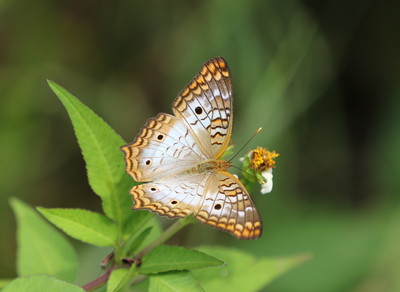

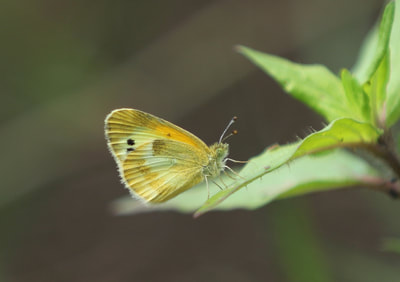


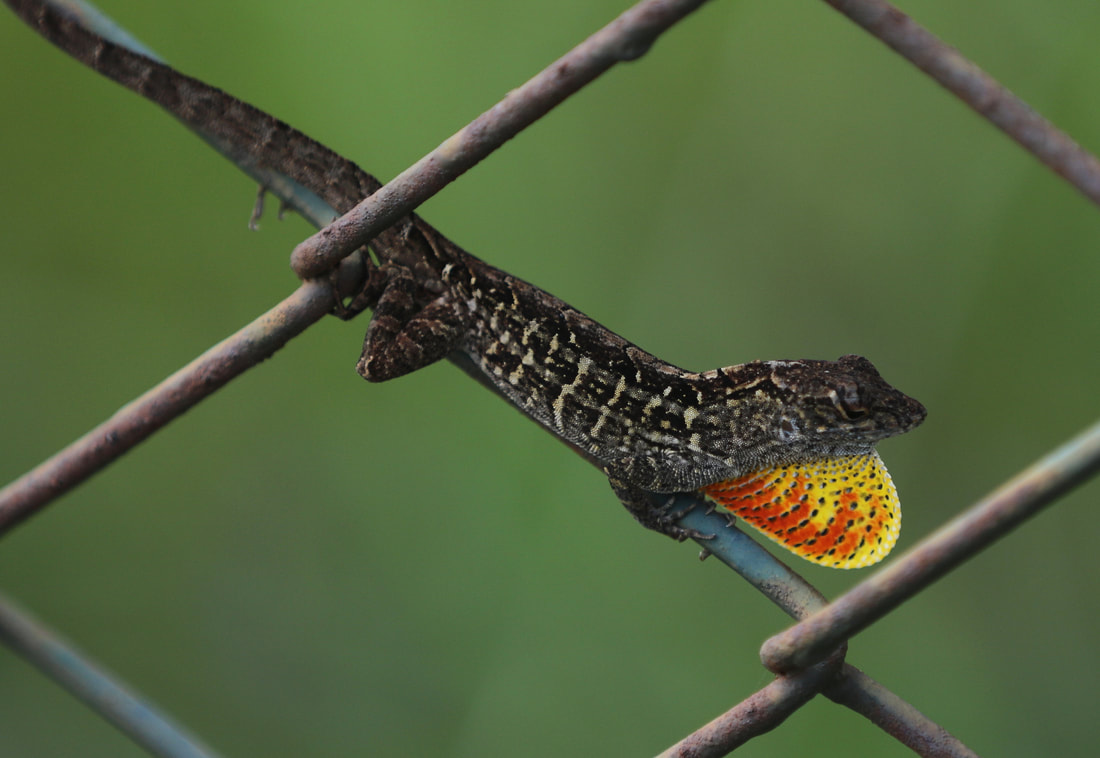



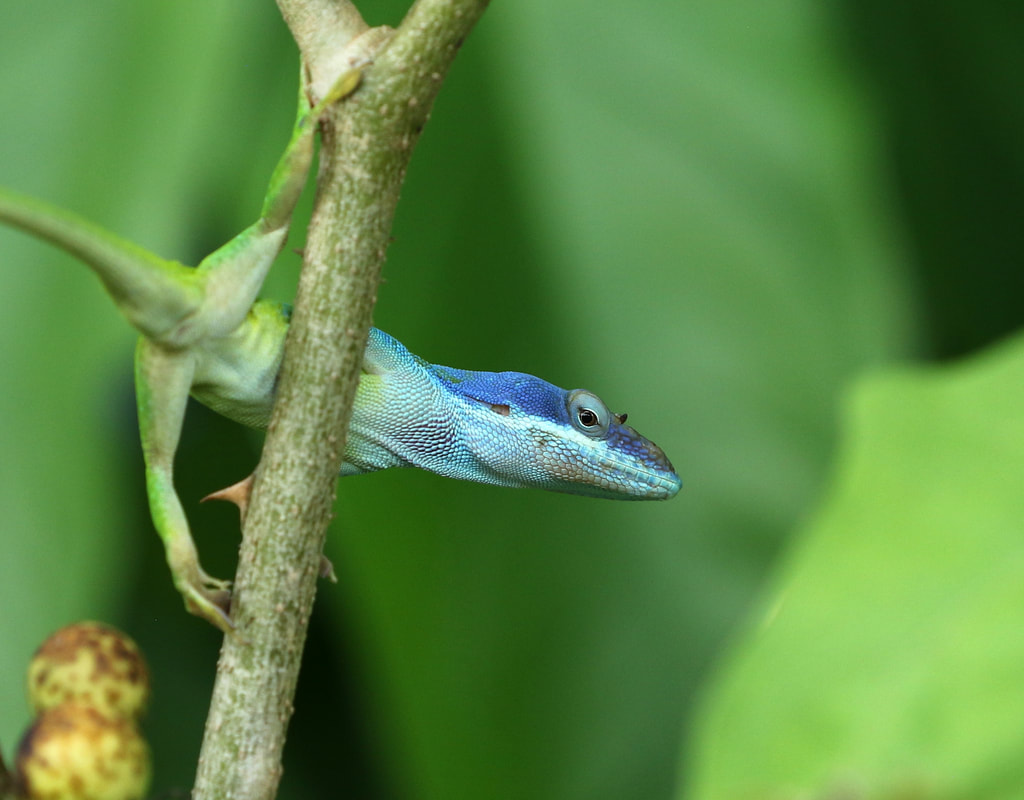


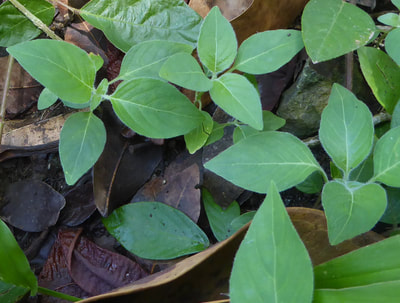






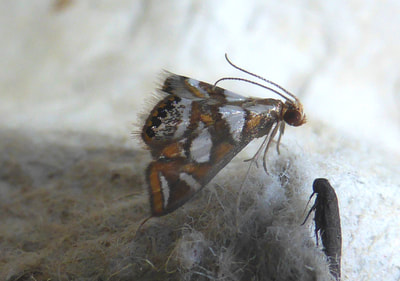



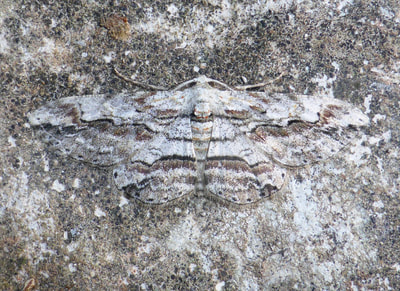


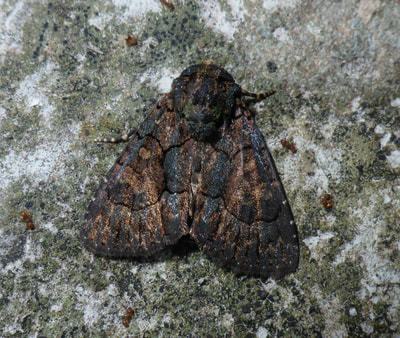





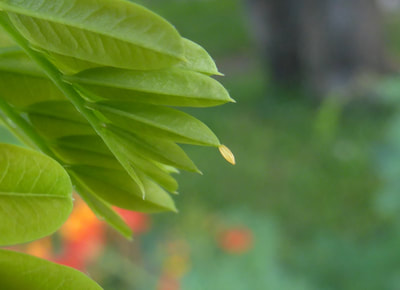










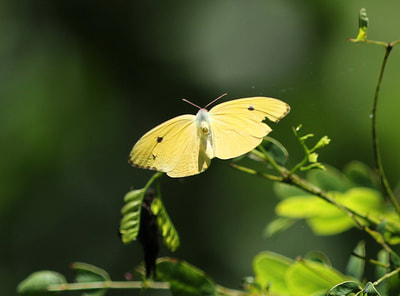






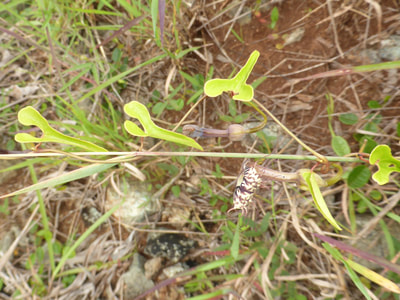










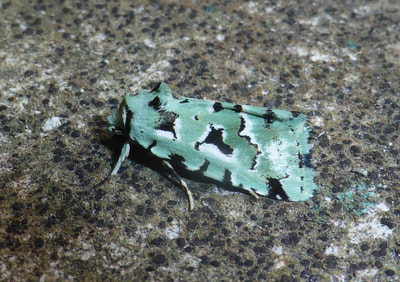

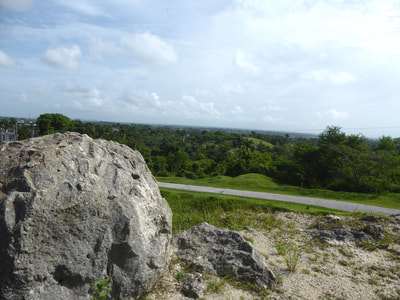



















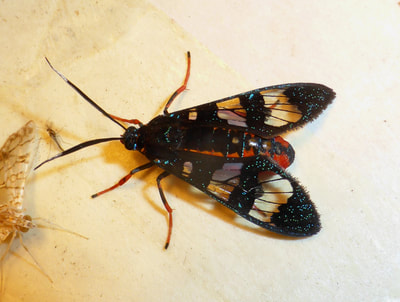
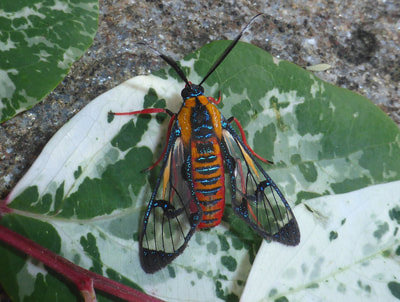


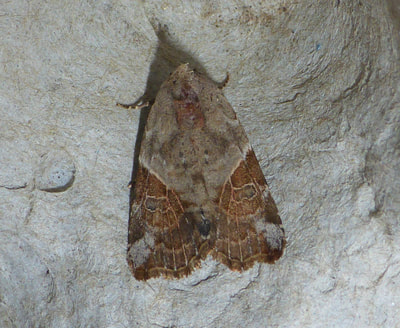




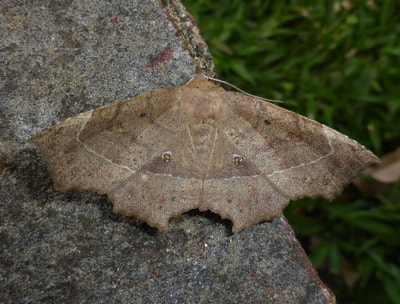
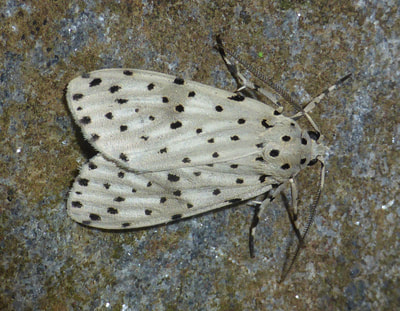






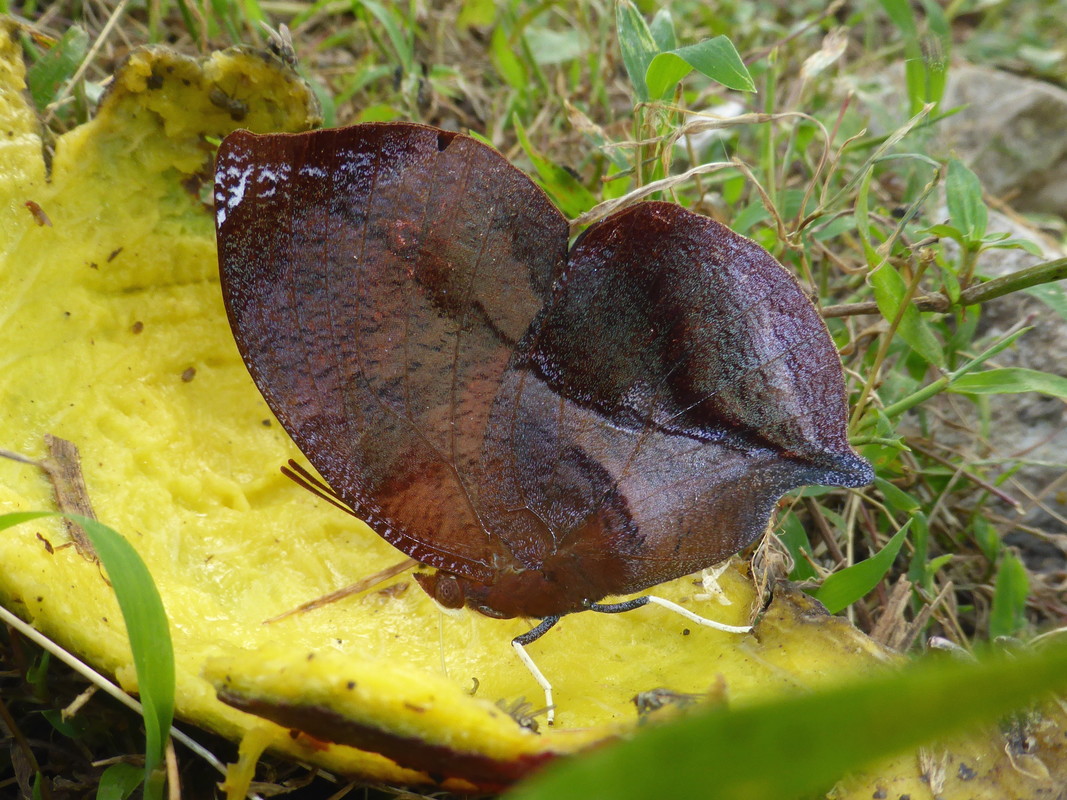
















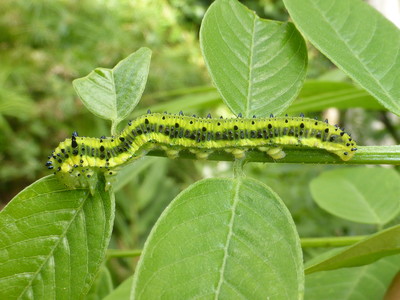






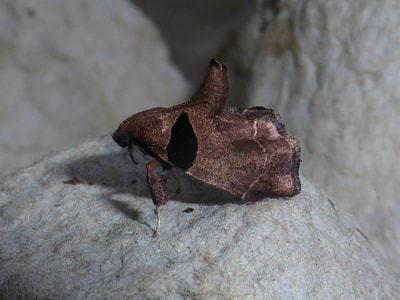












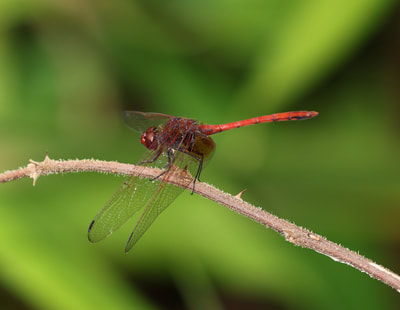

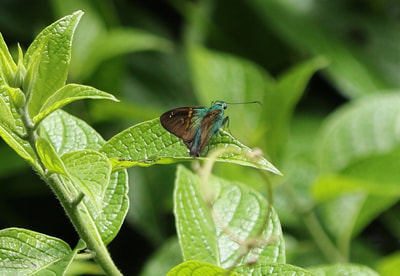

 RSS Feed
RSS Feed